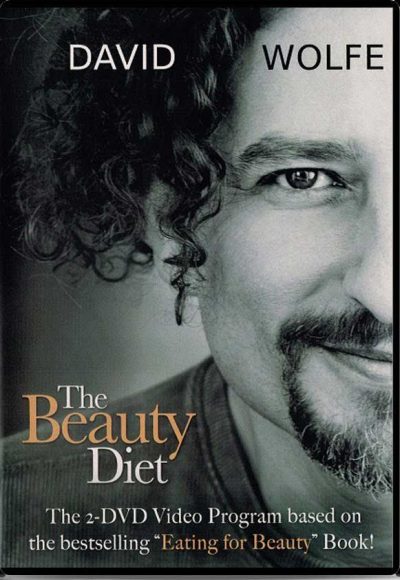Aloe isn’t medicine… and yet… it cures!
by Father Romano Zago
(181 pages, A5 size)
from the back cover
Aloe isn’t medicine, and yet… it Cures” is the latest book by Father Romano Zago, who wrote Cancer Can Be Cured with the appendix The Scientific Monographic History of Aloe Vera and Aloe Arborescens.
In the last few years, Father Zago’s books have received much acclaim in the field of alternative medicine on five continents. In this book, Father Zago presents the curative properties of Aloe and shows how to use this plant in curing over 100 types of illnesses, including obesity and depression.
Father Romano Zago OFM was born in Lajeado (RS) Brazil August 11, 1932. He was ordained a Franciscan Friar in 1958 after having studied phi- losophy and theology. In 1971, he received a degree in literature and foreign languages (Latin, Portu- guese, French and Spanish) from PUCRS faculty of literature, Universita Pontifica Cattolica. In 1988, while presiding at the San Antonio parish in Pouso Novo (RS) Brazil, he learned from local natives about a potent all-natural Aloe arborescens recipe they use for curing cancer.
He began to test it with the chronically ill, and it was here he first observed positive results obtained with nutrition against advanced disease. Later, he was sent to Jerusa- lem and Italy, where he continued to promote this recipe, made with the whole leaf of the Aloe arborescens plant, to the chronically ill. The success of the preparation inspired him to devote his life to research and education on Aloe and the recipe that has been published in his two books. He has given lectures and conferences in Portugal, Spain, Switzerland, France, Italy and Brazil about the ability of the human body to heal and regulate itself when supplied with the cell-required concentrated micronutrients found in the polysaccharides (complex sugar molecules) of this Aloe species and the other two ingredients of the Aloe preparation.
Dear Readers,
Many people cannot possibly prepare the juice recipe fresh from home for various reasons and must rely on a commercial source for this lO-day liquid recipe supplied in a l6-oz. dark bottle. In this case, it is important to choose a manufacturer that uses premier-quality five-year-old Aloe arborescens plants harvested at the proper time, processed by grinding the whole leaf into a juice without heating, cold pressing or freeze drying in order to retain all the active polysaccharides and phytonutrients needed to guarantee maximum effectiveness. Finally, the recipe must have at least 40% Aloe arborescens juice, honey, 1% alcohol and be stabilized for a long shelf life without the use of harmful preservatives.
from the Introduction
The human body heals itself from within and, because of its more than 300 phytotherapeutic substances, the juice from the whole leaf of Aloe arborescens plant provides the perfect com- plement to the biological requirements of the body. In Aloe arborescens, you will find a true arsenal of useful substances important and essential for maintaining healthy cell function- ing, such as monosaccharide oils, polysaccharides, anthra- quinones, terpenoids, enzymes, proteins, amino acids, metals, minerals, vitamins, etc. The cleansing performed with the recipe of Aloe arborescens, honey and distillate detoxifies the body, renews the blood and strengthens the immune system so the body can restore itself to health. People have used the Brazilian plant recipe to provide the body’s immune system a potent remedy for over 100 types of illnesses, including cancer, diabetes, depression and obesity. Those who have read Cancer Can Be Cured!, the first book by Father Romano Zago, have found themselves facing some challenging decisions. We have learned of this through written correspondence, telephone calls, faxes, and e-mails regarding the home recipe of Aloe, honey and distillate (see Cancer Can Be Cured!, chapter The Recipe). People have gotten lost in details of little importance, some of which have created obstacles to preparation of the product. Details are important, but not to the point of causing confusion. As a Dutch saying has it: “One cannot see the forest for the trees.”







Reviews
There are no reviews yet.